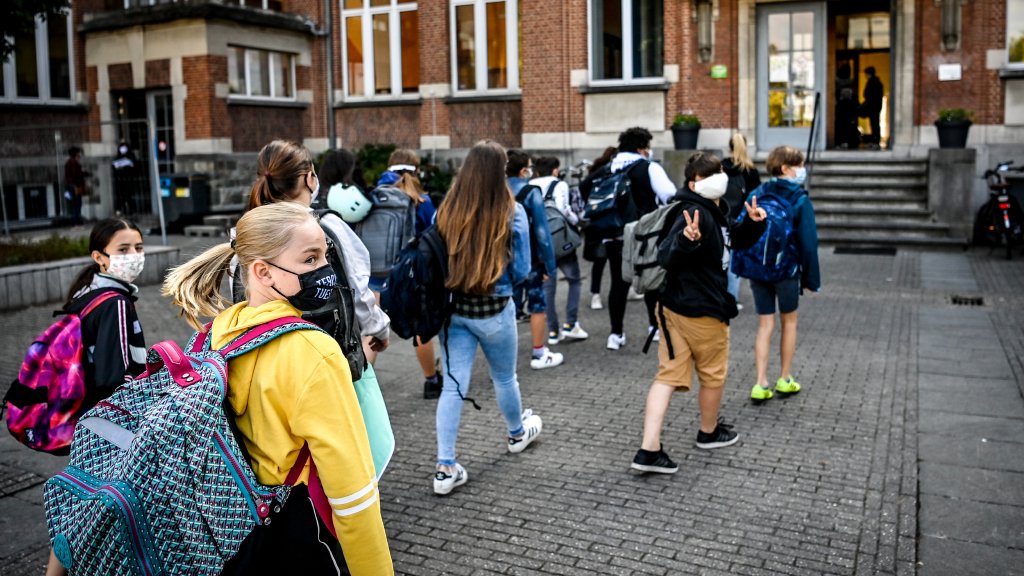A new survey by the non-profit association Les chercheurs d'air shows that only 33 of the 558 nursery and primary schools in the Brussels Region are located on a permanent school street, meaning a street at the entrance of a school that is closed off to car traffic for safety purposes and for improving air quality.
“For the first time, an exhaustive survey was carried out to determine the precise number of existing school streets in the 19 Brussels municipalities. This review shows that only 5.9% of schools have a school street,” the organisation reported.
They pointed out that several recent studies have shown that a large number of Brussels schools are exposed to nitrogen dioxide (NO2) concentrations that exceed the recommendations of the World Health Organisation (WHO).
Related News
- Brussels residents told to leave city due to high levels of pollution
- 96% of EU city dwellers exposed to poor air quality
- From ‘excellent’ to ‘extremely poor’: Brussels air quality mapped by neighbourhood
“We also know that children are particularly vulnerable to air pollution and that they spend about half the year at school,” the organisation said, adding that school streets are an effective way of combating pollution and so it is unusual that there are so few of them in Brussels.
In London, implementing school streets has led to a reduction in NO2 concentrations of up to 23%.
A ‘quick and efficient’ solution that Brussels isn’t utilising
“The creation of school streets is a quick and efficient solution to better fight air pollution in and around schools,” said Justine Di Prima, Campaign Coordinator at Les chercheurs d'air.
“We are therefore asking the Brussels municipalities to significantly increase the number of school streets on their territory by 2024.”
Of the 33 schools that have a school street, only two schools have a street that is permanently closed to motorised traffic. For the other 31 schools, the street is only closed at the time of school entry and/or exit.
Fifteen school streets are closed manually with nadar barriers, which implies a human presence (parents, municipal staff, etc.) that sometimes makes closing the street complicated.
“Children spend all day at school. It is therefore logical that school streets are closed to traffic all day. Let's not do things by halves when the health of our children is at stake,” said Di Prima.

